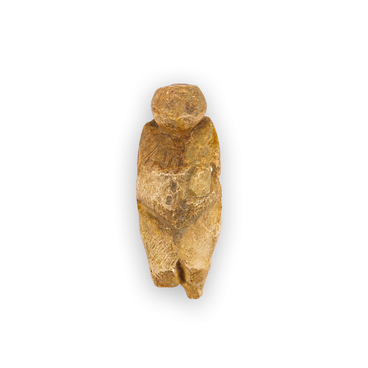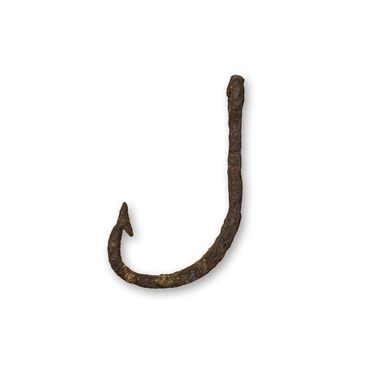The bow emerged at the end of the Upper Paleolithic period and for a long time served as one of the most commonly used types of ranged weapons. Originally, it was used for hunting purposes, but later, archers became an important force in battles. The development of the tool led to the creation of various battle bows, which were significantly more powerful than those in the past. The design of bows became more complex, and the composite bow was invented, enabling archers to shoot at much greater distances.
At the same time, arrows also evolved. Initially, they were simply sharpened reeds or sticks. Later, arrowheads made from various materials such as bone, bronze, and iron were developed. These arrowheads varied in design and were often made for specific purposes. For instance, some arrowheads were used for hunting fur-bearing animals, while others were capable of penetrating powerful armor.
The bow and arrow was one of the primary weapon systems of the nomadic tribes. Their forces were often composed of mounted archers who utilized their mobility to swiftly strike the enemy from a distance and then retreat from the impact area.
The ancient Greek historian, Herodotus, mentioned a legend in which one of the Scythian rulers decided to count his soldiers by using arrowheads. “… In this place [at the source of Hypanis — the Bug river] there is set a bronze bowl, in size at least six times as large as the mixing-bowl at the entrance of the Pontus [Black Sea], which Pausanias the son of Cleombrotos dedicated: and for him who has never seen that, I will make the matter clear by saying that the bowl in Scythia holds easily six hundred amphoras, and the thickness of this Scythian bowl is six fingers. This then the natives of the place told me had been made of arrow-heads: for their king, they said, whose name was Ariantas, wishing to know how many the Scythians were, ordered all the Scythians to bring one arrow-head, each from his own arrow, and whosoever should not bring one, he threatened with death. So a great multitude of arrow-heads was brought, and he resolved to make of them a memorial and to leave it behind him: from these then, they said, he made this bronze bowl and dedicated it in this place Exampaios.“
The arrowhead on display in the museum is made of bronze and was produced by casting in approximately the 6th or 5th century BCE. The artifact was discovered near the village of Podkolodnovka in the Bogucharsky District of the Voronezh Oblast.


